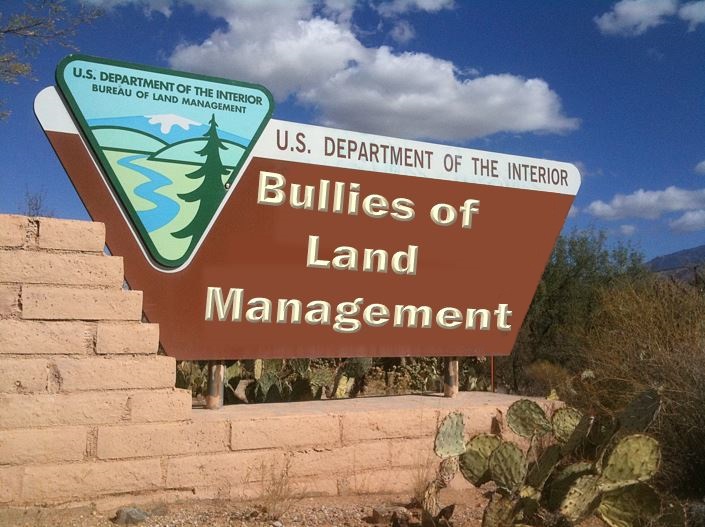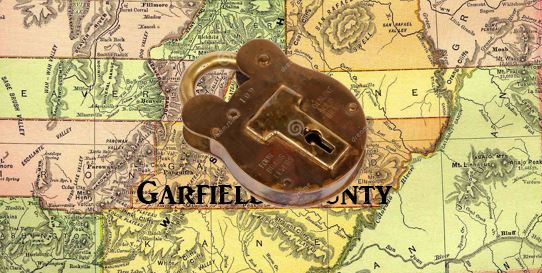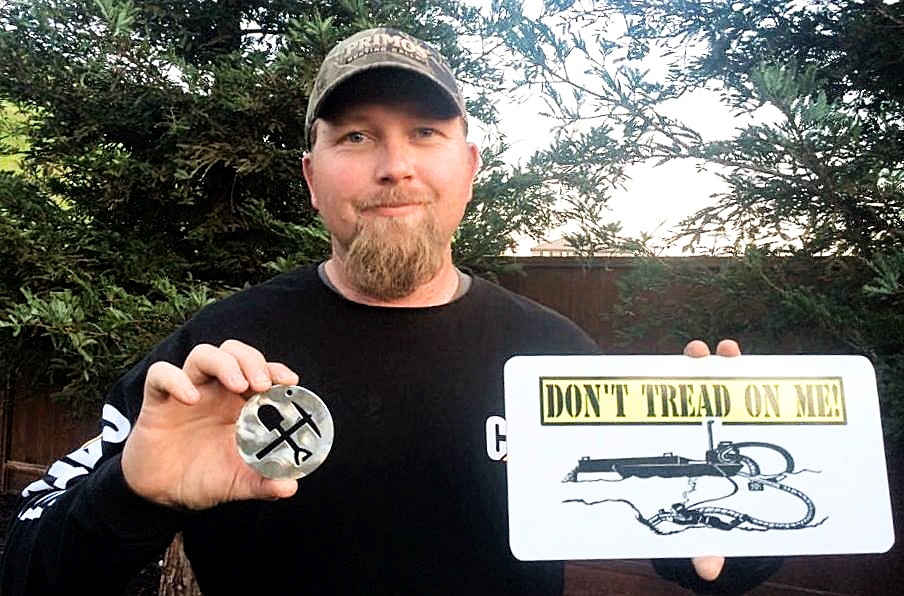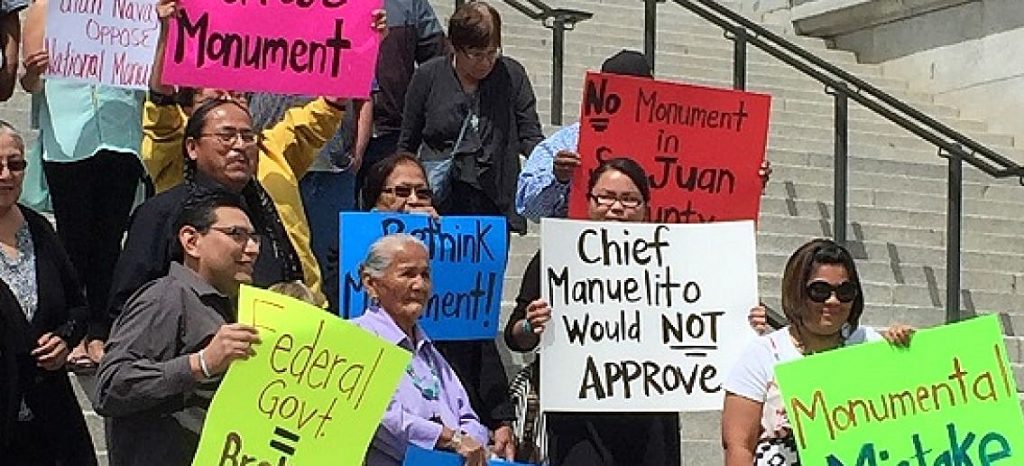“Our experience has been that the BLM [Bureau of Land Management] planners hold very few public meetings where information is given, but not exchanged,” said Celeste Maloy, deputy county attorney in Washington County, Utah. “We are briefed but not invited to participate. Although we are supposed to be ‘cooperating agencies,’ local governments can comment after the alternatives are developed.”
Kellie Lunney
Bishop aims to ensure federal, local land-use consultation
The head of the House Natural Resources Committee is contemplating legislation that aims to ensure Uncle Sam adequately includes localities in decision-making for implementation of federal land management laws.
Legislation that “clarifies consultation” between the federal government and local communities on land use is necessary, said Rep. Rob Bishop (R-Utah), because “we’ve found over and over again that this consultation is not taking place.”
Bishop, whose remarks came during and after an Oversight and Investigations Subcommittee hearing yesterday, said he still needs to think about what shape the legislation would take before introducing it.
Yesterday’s hearing focused on three long-standing laws affecting the management of federal and tribal lands, as well as designated wilderness areas: the 1976 Federal Land Policy and Management Act; the 1934 Indian Reorganization Act (also known as the Wheeler-Howard Act); and the 1964 Wilderness Act.
“Interior has allowed land management decisions to be influenced by D.C. bureaucrats and out-of-touch litigation brought by environmental advocacy groups,” said subcommittee Chairman Raúl Labrador (R-Idaho). “This subcommittee heard these concerns time and time again during the previous administration, and it is my hope that the federal land management agencies will now refocus their implementation of the laws as they were intended.”
Three out of the four witnesses at the hearing told lawmakers that they believed federal agencies had not been implementing those laws according to congressional intent in their Western communities — at least as it related to land-use planning, permitting and the Interior Department’s authority in acquiring lands in trust for Indian tribes.
For instance, Interior’s “gradual expansion” of its fee-to-trust authority under Section 5 of the IRA “has undermined intergovernmental relationships,” said Diane Dillon, a supervisor in Napa County, Calif.
[wp_ad_camp_1]
The Indian Reorganization Act, enacted during the Great Depression, decreased the federal government’s control over Indian affairs and sought to give tribes greater authority to govern themselves. Section 5 of that law governs land acquisition by the government on behalf of tribes, known as the fee-to-trust process. But in some communities, the process has created significant controversy and litigation over land among tribes, counties and local governments, Dillon said.
Dillon added, “The fact that Congress wanted to protect tribal land” doesn’t mean that the legislative branch “intended for the trust authority to be used as indiscriminately and extensively” as it’s been used.
The county supervisor said that the economic circumstances for many tribes has changed since the law was enacted more than 83 years ago. Since then, “many tribes have developed robust economies from natural resources development and other economic projects,” including gaming.
There were no witnesses from the federal government scheduled to testify at the hearing.
Other witnesses also complained of a federal government that dismissed local communities’ public land-use concerns.
“Our experience has been that the BLM [Bureau of Land Management] planners hold very few public meetings where information is given, but not exchanged,” said Celeste Maloy, deputy county attorney in Washington County, Utah. “We are briefed but not invited to participate. Although we are supposed to be ‘cooperating agencies,’ local governments can comment after the alternatives are developed.”
She also blasted BLM resource management plans that still require wilderness study areas in her county, even though a 2009 law supposedly put that issue to rest in exchange for a quarter of a million acres of declared wilderness in Washington County, where Interior manages half the land.
“Our local BLM office insisted that they were following their manuals,” said Maloy. “I did some research and was even more surprised to find that BLM’s wilderness manual says that when Congress releases land from a wilderness study, the BLM will ‘take into serious consideration the congressional action,'” she said. “When Congress speaks, the agencies should act accordingly … not just take it into serious consideration.”
Special land designations on federal land, like wilderness designations, “only create more burdens for federal agencies and typically serve to erode true multiple use in favor of a ‘hands off’ approach,” which can hurt a community’s economy, argued David Cook, an Arizona state representative and rancher who testified on behalf of the Public Lands Council, National Cattlemen’s Beef Association and Arizona Cattle Growers Association. Cook said he has been waiting for a grazing permit renewal under FLPMA for more than 15 years.
“I can assure you that the hold-up on our renewal is not due to lack of time or resources,” Cook said. “Other permits have moved through the process, and while USFS [U.S. Forest Service] still has made time to monitor where I have placed my salt blocks for the cattle and issue notices of violation for feeding hay inside a corral, they cannot find the time to complete necessary work to renew my permit.”




Hi admin, do you monetize your website ? There is easy method to earn extra money every day, just search on youtube : How to
earn $25/hour selling articles